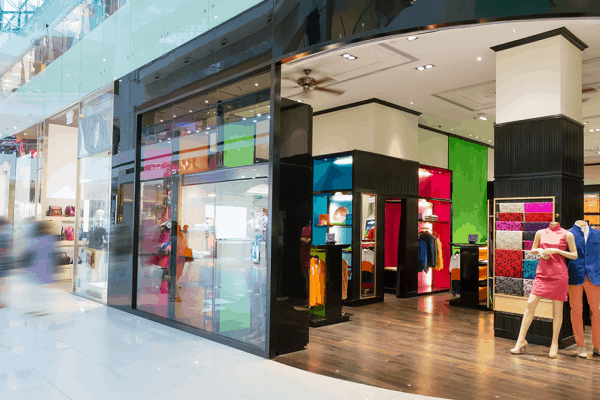
Envisioning a New Retail Ecosystem
11th June 2020
There’s no question that brick and mortar retailers have been particularly hard hit in the current environment. It is a culmination of years of growing challenges brought on by changing consumer preferences and an explosion of digital technologies. With health risks added to the mix, retailers must think innovatively about how to help consumers return to their physical spaces with confidence and assurance of safety. In addition, store management, supply chain and logistics pile on the stress of keeping the business running while being compliant to any guidelines.
How will that look in the coming months and years?
Wearables – the social statement device that becomes your passport to physical locations
Consumers already have widely adopted wearables as tools for tracking their steps and other vitals such as sleep, rest and stress. And many are happy to share their data. What if we could further expand adoption and extend functionality to simply monitor body temperature? Assuming that the data privacy laws are adhered to, what might it look like to enable retailers to perform a “check-in” based on a customer’s wearable when that individual enters the store? What if those wearables also helped to alert customers when any two people are getting too close to each other on the floor? To date, in-store customer experience has focused on delivering seamless omnichannel interactions. CX will also need to address health and safety in entirely new ways.
Low-touch encounters, high-efficiency operations
The IoT technologies such as RFID readers that help retailers manage dynamic supply chains are increasing applicable to the evolving challenges that the entire industry is currently facing. This includes tracking merchandise as it moves through the supply chain from manufacturer to distributor to retailer to consumer (and potentially another step if the merchandise comes back in store as a return). Contactless payment is another integral IoT solution for retailers in order to reach business continuity, which has larger implications that span beyond the consumer. Technologies like block-chain and sensors that are connected to racks, selves and merchandise are valuable from an efficiency and visibility standpoint. Integrating these solutions throughout a retailer’s end-to-end experience is becoming imperative to augment the need for physical contact, and ensuring safety.
Sensors play a key role in making sure that a retailer’s physical space is compliant with health and safety guidelines. However, gathering that data and being able to process it real-time is increasingly becoming part of the new normal business for retailers. Linking the data to the service management ecosystems will become the opportunity to deliver a better customer experience with expanded safety guidelines.
While some of these ideas may sound more far-fetched than others, we believe they represent a realistic glimpse of what will take shape in the aftermath of this crisis. And while it may be too soon to know the specifics, we are certain of this:
The “new normal” will exponentially increase the amount of sensor-generated data. The ability to capture, transmit and analyse that data will be essential. We will be challenged to be able to compute, analyse and react to the outcomes from the data analytics and therefore have to rethink our edge-to-cloud strategy. New use cases for 5G and WiFi 6 will accelerate their adoption and make their capabilities and functions integral parts to any new infrastructure.
There is no doubt that the intelligent and respectful way that sensor data is gathered, managed, analysed and secured will become essential to the customer experience. This is an opportunity to embrace emerging technology to help safeguard everyone. The consideration of expanding automation technology to fulfil tasks that currently involve any form of contact will be attractive to retailers and their suppliers. Finally, the growth of IoT data will enable digital data ecosystems to openly share the right data at the right time regarding the right situation for the retail setting.

